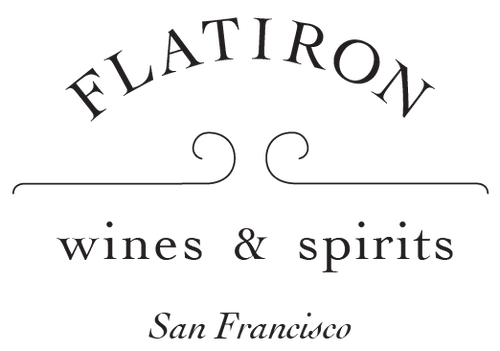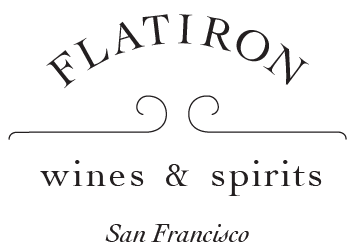J-M Seleque
We have written (many times) about the great generational change-over going on in Champagne and how it is resulting in an explosion of quality, especially in the Grower category. We have also written about the... Read More
We have written (many times) about the great generational change-over going on in Champagne and how it is resulting in an explosion of quality, especially in the Grower category. We have also written about the importance of taking Champagne villages and sub-regions seriously, in the same way that we do in Burgundy or Barolo. In today’s story, we bring both concepts together to a very delicious effect.
Often, the “change-over” story involves a grower that formally sold off its grapes to a large concern, only to be converted into a Grower Champagne when a new generation comes along. In this case, Sélèque has actually been a Grower Champagne since the 1960s – in other words, for way longer than the term has even existed.
But there was an important change-over. In 2008, Jean-Marc Sélèque and his wife, Oriane, took over the winery. Jean-Marc had traveled the world learning about wine. Inspired by the likes of Selosse and Bouchard, he decided to introduce natural farming, low-dosage single vineyard wines, and Burgundy barrels. Within a few vintages, Sélèque’s wines were appearing in the hippest wine bars of Paris. Now we are able to enjoy them here in California as well.
The geographic side of this story is a series of villages squeezed in between the Marne, to the north (where red grape production is dominant), and the Cotes des Blancs (Champagne’s greatest sub-region for Chardonnay). The area was officially named in 1996 as the Coteaux Sud “D’Epernay”, as these are slopes just to the south of Eparnay. It’s an area that shares some of the chalky soils that you find in the Cotes des Blancs, but also flint clay soils. Perhaps it’s no surprise that this is an area where you can grow all three of Champagne’s principal grape varieties, Chardonnay, Pinot Noir and Pinot Meunier.
It is the Grower approach to vineyard management and wine-making applied to distinctive geographic zones like this one that is the key to the revolution that Champagne is continuing to undergo today. In Sélèque, you have some brilliant examples.



